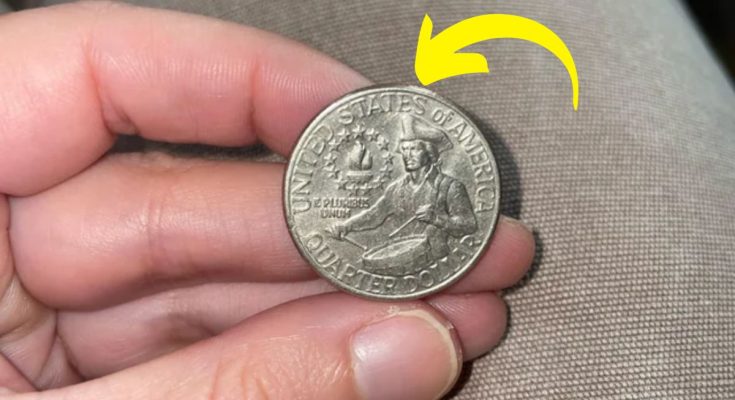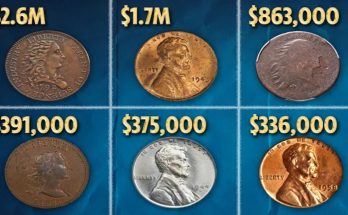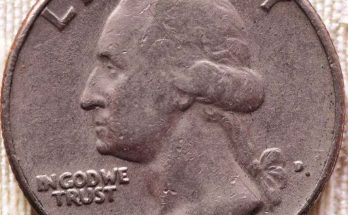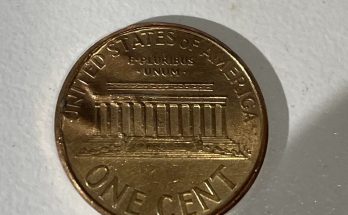-
General Value:Most circulated Bicentennial Quarters are worth only their face value of 25 cents. However, uncirculated coins or special edition proof coins can be worth more, ranging from $1 to $5 or even higher.
-
High-Value Examples:Certain Bicentennial Quarters with errors or unique features have fetched significantly higher prices:
- A quarter graded MS67 sold for $91, while an MS68 example fetched $6,462.50.
- A 1976-S Silver Proof Bicentennial Quarter sold for $13,500 in 2019.
- A 1976-D Clad Bicentennial Quarter Regular Strike sold for $6,463 in 2017.
- Die crack varieties, particularly those with the “Bicentennial Drummer Boy Break,” can sell for $25 to several hundred dollars, with one example selling for $450 in uncirculated condition in 2021.
- A quarter graded MS67 sold for $91, while an MS68 example fetched $6,462.50.
-
Mint Marks:The mint mark on the coin can also affect its value. The Bicentennial Quarter was minted at Philadelphia (no mint mark), Denver (D), and San Francisco (S).
-
Errors:Coins with errors, such as a double die obverse (DDO) or a filled D mint mark, can also be more valuable.
One such coin is the Bicentennial Quarter, which has an estimated value of $20 million. This rare quarter was minted in 1976 to celebrate America’s 200th birthday, and a few special versions of it have become some of the most valuable coins in history.
The Bicentennial Quarter’s Unique Design
In 1976, the U.S. Mint released a special quarter to honor 200 years of American independence. Unlike regular quarters, this one featured a unique design. The front of the coin still had George Washington’s portrait, but the back displayed a colonial drummer with a torch surrounded by 13 stars, representing the original colonies. This special design made the quarter instantly recognizable.
Why Some Bicentennial Quarters Are Worth Millions
Not all Bicentennial Quarters are valuable. Most were made using regular copper-nickel materials and are only worth their face value. However, a small number of these quarters were struck in 90% silver. Even rarer are those with minting errors or special production qualities that make them unique. Some of these error coins have sold for thousands or even millions of dollars at auctions.
How to Identify a Rare Bicentennial Quarter
If you think you have a valuable Bicentennial Quarter, there are a few key features to look for:
- Silver Content: The most valuable versions were made of 90% silver instead of the usual copper-nickel.
- Mint Mark: Quarters with an “S” mint mark (made in San Francisco) are often silver and more valuable.
- Errors: Some quarters were struck with mistakes, such as double strikes or off-center designs, making them rare and highly collectible.
Checking Your Change for Hidden Treasure
Many valuable coins are still in circulation, meaning you could find one in your pocket or an old coin jar. If you come across a 1976 quarter, check for the special features mentioned above. If it looks unusual or is made of silver, it may be worth getting it evaluated by a coin expert.
Conclusion
The Bicentennial Quarter is more than just a piece of spare change. Some rare versions are worth millions of dollars, making them one of the most sought-after coins by collectors. So, the next time you receive a quarter, take a closer look—you might be holding a fortune in your hands.
Disclaimer: The value of coins mentioned in this article is based on market trends and collector interest, and is not guaranteed. Always consult a professional appraiser for accurate valuation.



